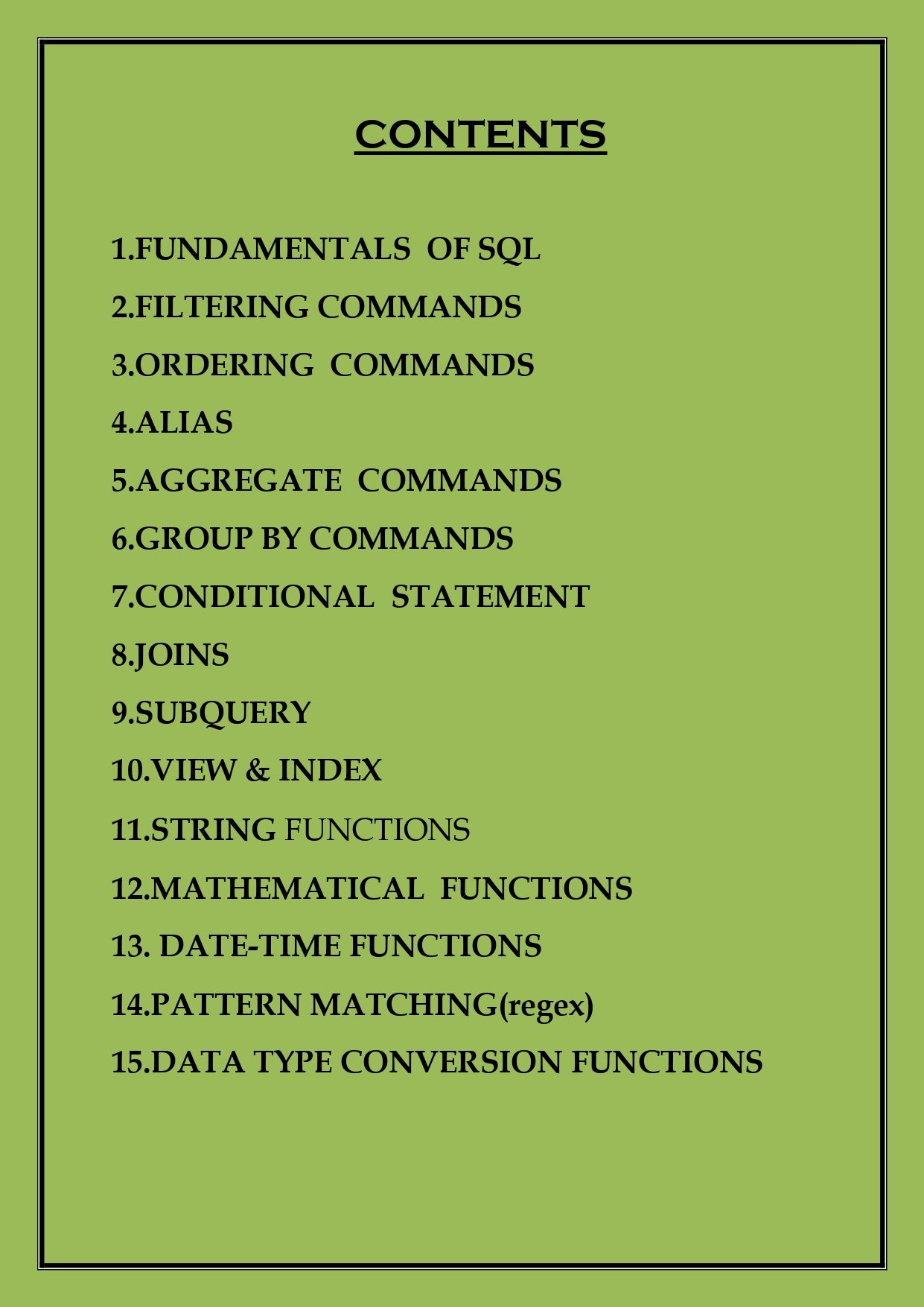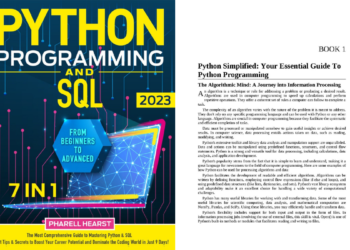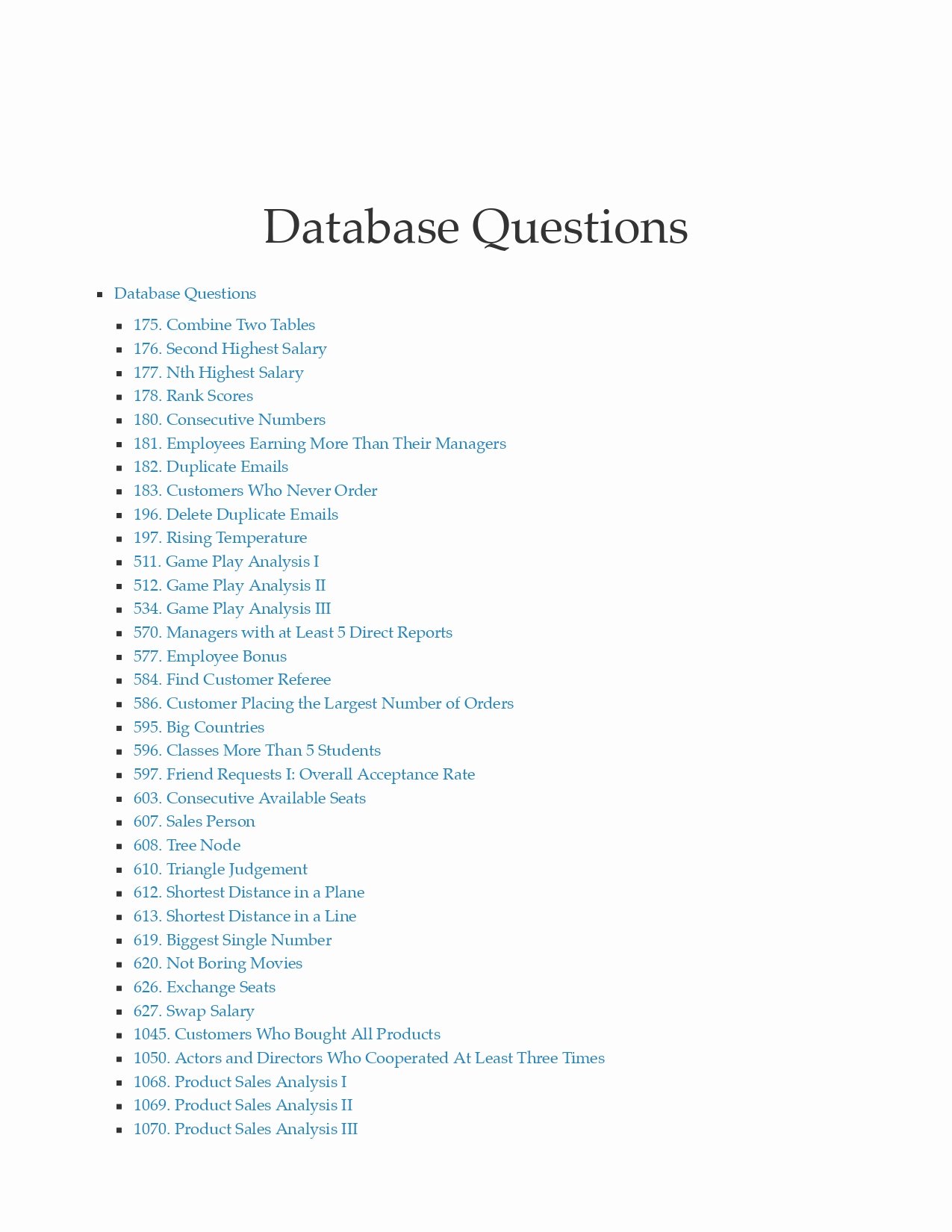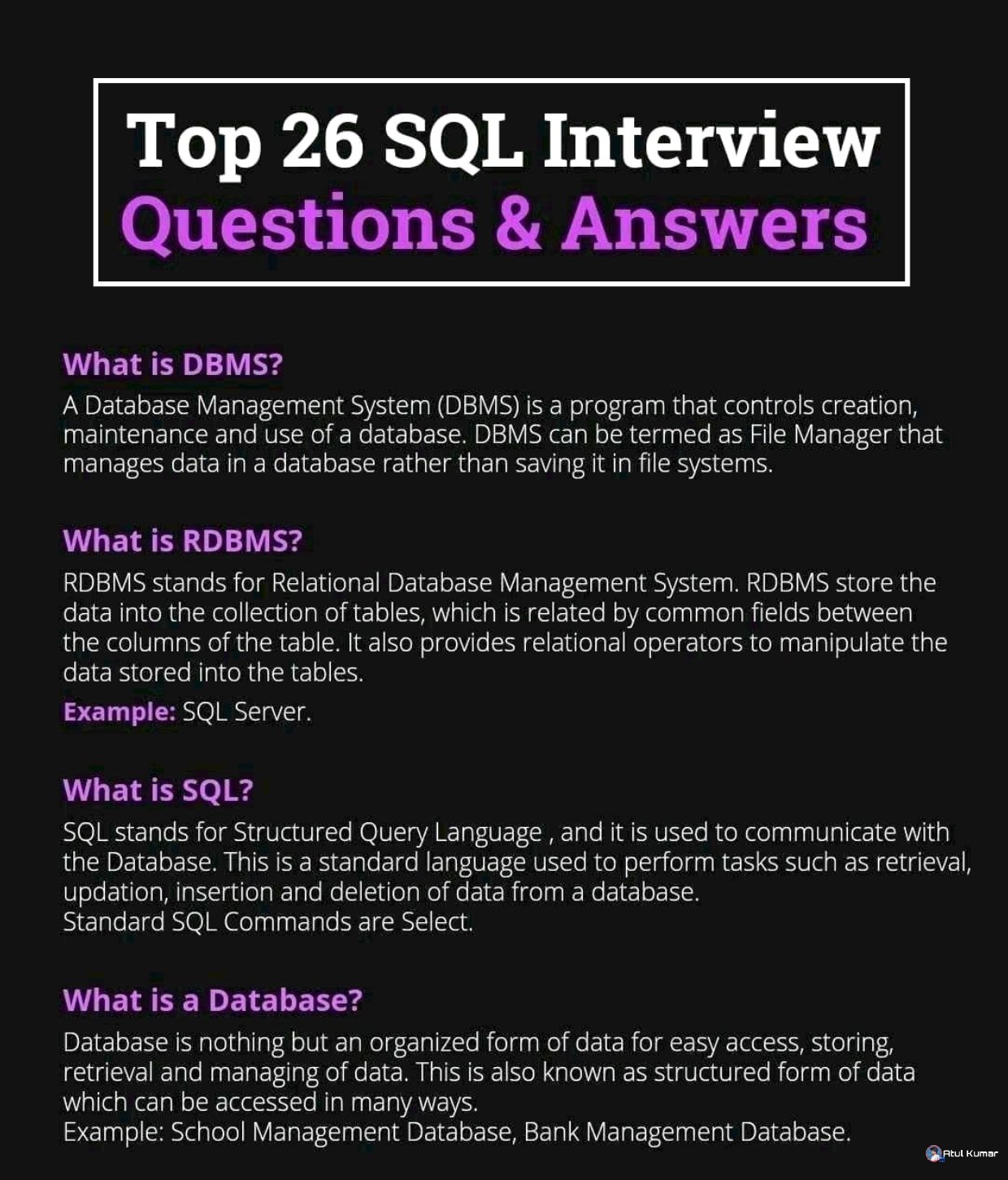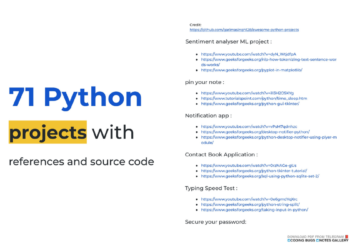SQL Command Reference PDF: Your Comprehensive Guide to SQL Commands
Welcome to our blog post, where we are excited to introduce you to the “SQL Command Reference” PDF, a comprehensive guide to SQL commands. SQL (Structured Query Language) is a powerful tool for interacting with relational databases and understanding the various SQL commands is essential for effective database management and data manipulation. Whether you’re a database administrator, a developer, or a data analyst, this PDF reference will serve as a valuable resource to navigate the vast landscape of SQL commands.
In this blog post, we present you with the “SQL Command Reference” PDF, a meticulously curated collection of SQL commands and their usage. This comprehensive guide will empower you to write SQL queries, create and modify database objects, perform data manipulation tasks, and extract valuable insights from your databases.
Why “SQL Command Reference” PDF?
SQL encompasses a wide range of commands that enable you to perform diverse operations on relational databases. Remembering the syntax and specifics of each command can be challenging, especially when dealing with complex queries. Our “SQL Command Reference” PDF simplifies the learning process by providing a consolidated and easily accessible resource that covers the most commonly used SQL commands. Whether you’re a beginner looking to familiarize yourself with SQL commands or an experienced professional in need of a quick reference, this PDF will be an invaluable companion.
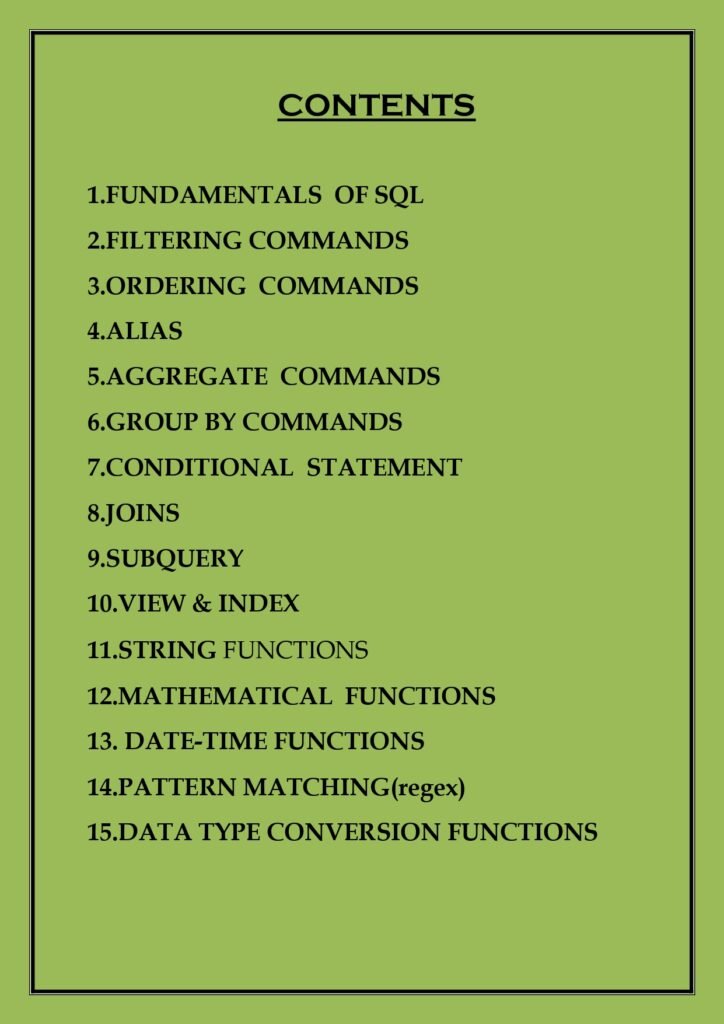

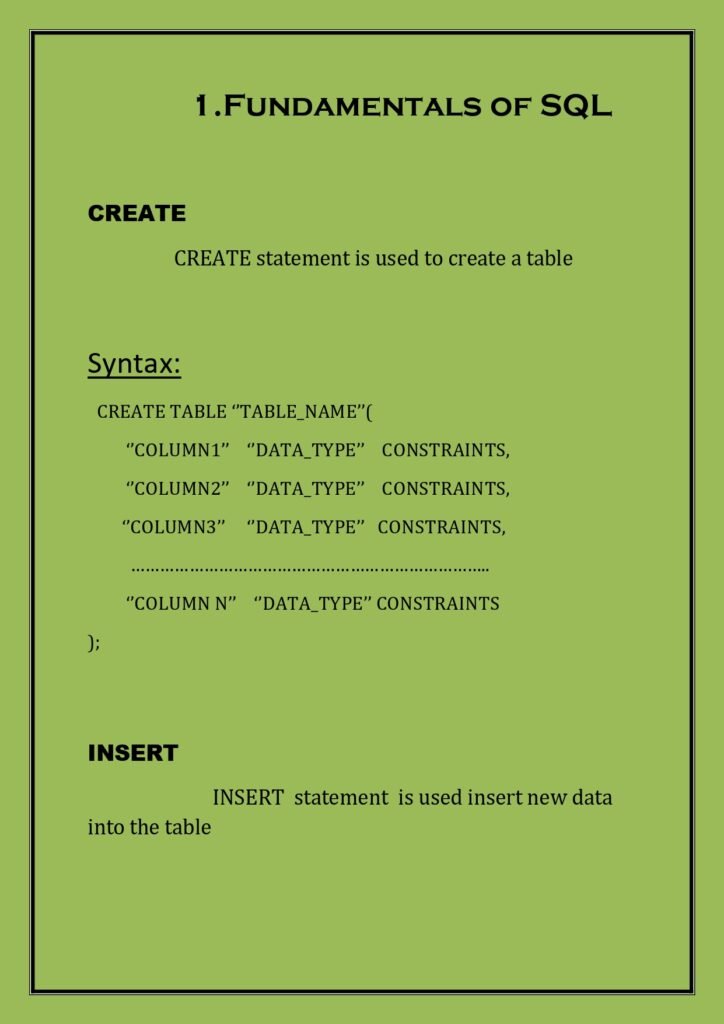
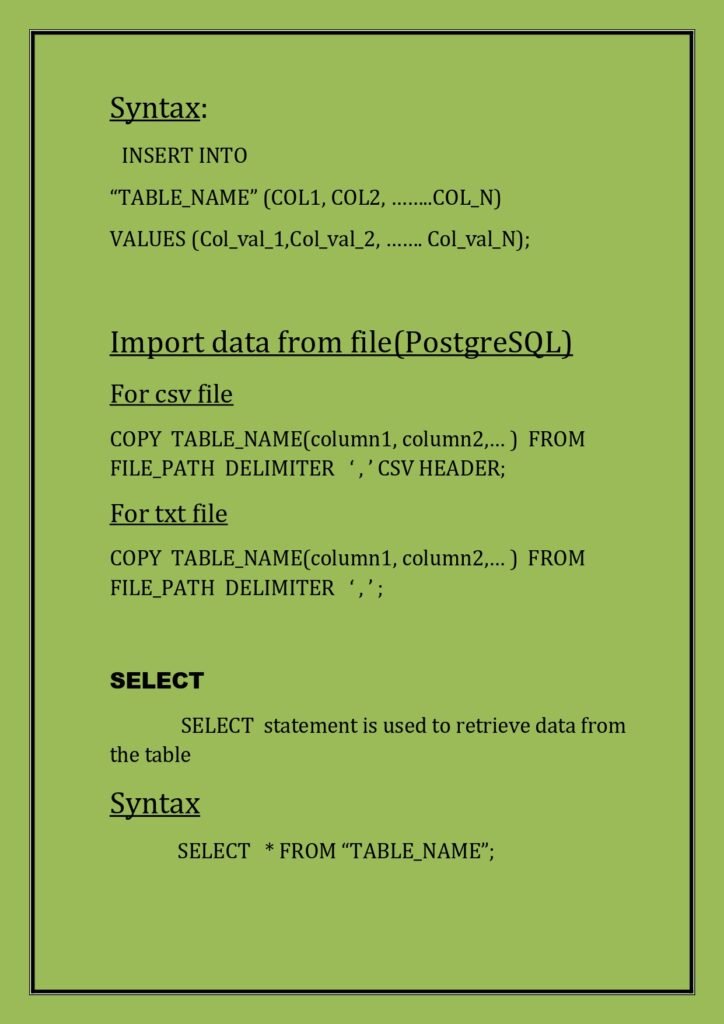
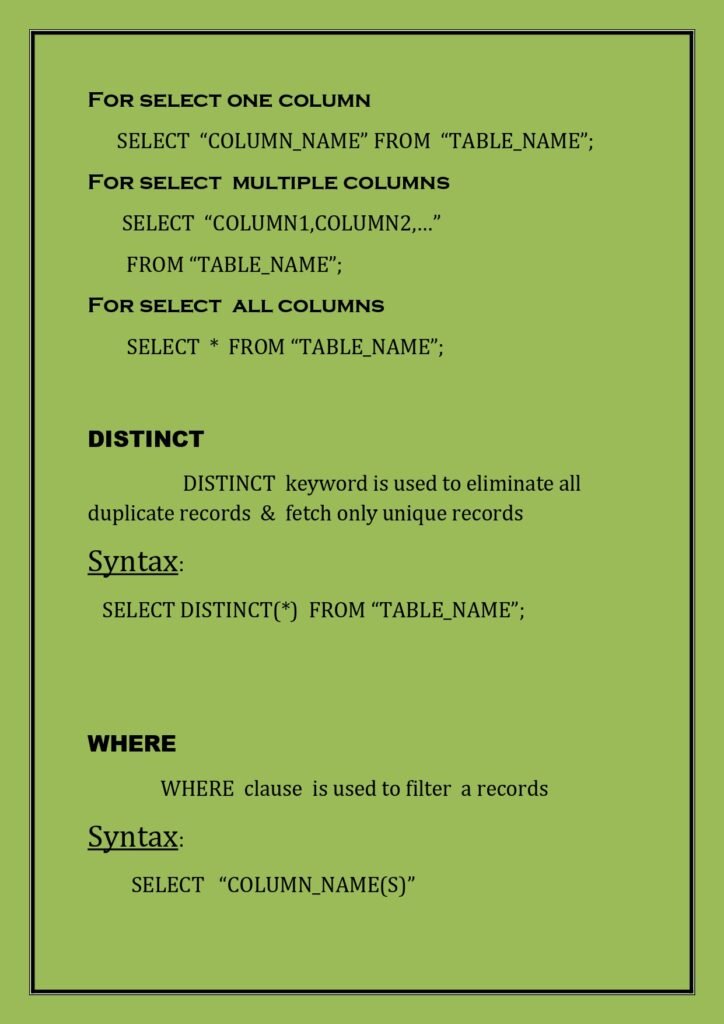
What to Expect:
In the “SQL Command Reference” PDF, you can expect a comprehensive collection of SQL commands, including:
- Data Definition Language (DDL) Commands: An overview of commands such as CREATE, ALTER, and DROP, used for creating and modifying database objects like tables, views, indexes, and constraints.
- Data Manipulation Language (DML) Commands: A detailed explanation of commands like SELECT, INSERT, UPDATE, and DELETE, used for retrieving, inserting, modifying, and deleting data in database tables.
- Transaction Control Commands: Understanding commands like COMMIT, ROLLBACK, and SAVEPOINT, which enable you to control the transactional behavior of SQL statements.
- Data Query and Manipulation Commands: Exploring commands like JOIN, GROUP BY, HAVING, and ORDER BY, which allow you to retrieve specific data, perform aggregations, and sort query results.
- Data Integrity Commands: Learning about commands such as CHECK, UNIQUE, FOREIGN KEY, and PRIMARY KEY, which enforce data integrity rules and constraints within a database.
- SQL System Commands: An overview of system-level commands used for managing users, permissions, and other administrative tasks within a database system.
This PDF reference guide provides concise explanations, syntax examples, and practical tips for each SQL command, enabling you to harness the power of SQL effectively.
Who Can Benefit from This Resource:
- Database administrators seeking a comprehensive reference for SQL commands.
- Developers and analysts looking for a quick and reliable SQL command reference.
- Students studying database management or related courses.
- Professionals working with relational databases and performing data manipulation tasks.
Conclusion:
With our “SQL Command Reference” PDF, you’ll have a comprehensive and accessible guide to SQL commands at your fingertips. This invaluable resource will enhance your understanding of SQL, empower you to write efficient queries, and enable you to manage and manipulate data in relational databases with confidence.
Stay tuned as we unveil this essential resource that will simplify your journey into the world of SQL commands. Get ready to master the diverse range of SQL commands with our “SQL Command Reference” PDF and unlock the full potential of your database management and data manipulation skills.
Prepared By:-
Pandeeswari M
To Download PDF:-
For Other SQL Books From here
